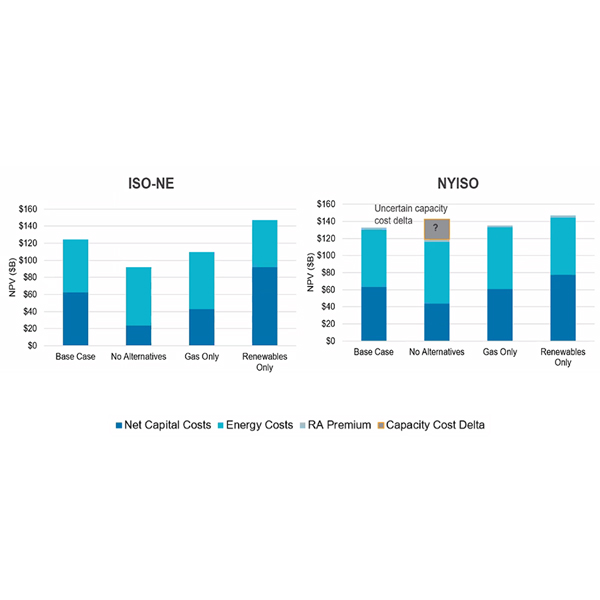Resource Adequacy
Resource adequacy is the ability of electric grid operators to supply enough electricity at the right locations, using current capacity and reserves, to meet demand. It is expressed as the probability of an outage due to insufficient capacity.
MISO and its Monitor tracked a rise in energy consumption in fall 2025 and reviewed some operational rough patches, while the RTO explained why its machine-learning risk predictor remains a work in progress.
MISO members don’t doubt that large loads will turn up at the beginning of the next decade and are occupied with how the industry can make sure ratepayers don’t subsidize supersized customers.
Attendees at the gridCONNEXT conference, including the acting under secretary of energy and U.S. representatives, debated federal energy policy.
Reply comments to the Department of Energy’s Advance Notice of Proposed Rulemaking to FERC on large loads offered differing paths for the commission to potentially take.
Northeastern power systems cannot afford to drop offshore wind if they are to maintain reliability, reduce emissions and lower electricity prices, according to a new analysis from Charles River Associates.
The SPP leadership team responsible for strengthening the grid operator’s resource adequacy construct and recommending policy directions closed out 2025 by endorsing two protocol changes related to demand response and the cost of new entry.
IESO says record-high clearing prices in its capacity auction will have little impact on ratepayers because the ISO's medium- and long-term procurements play a larger role in the region’s resource adequacy.
Raab Associates held its final New England Electricity Restructuring Roundtable, bringing reflections from speakers about the legacy of restructuring and the future of the power sector in the region.
FERC Commissioner David Rosner was supportive of the Department of Energy’s request that the commission assert authority over the interconnection of large loads while emphasizing the importance of collaboration and consensus-building in response to concerns raised by state regulators.
The power industry’s own demand forecasts expect national summer peak to swell by 166 GW by 2030, Grid Strategies said in its latest load growth report.
Want more? Advanced Search










